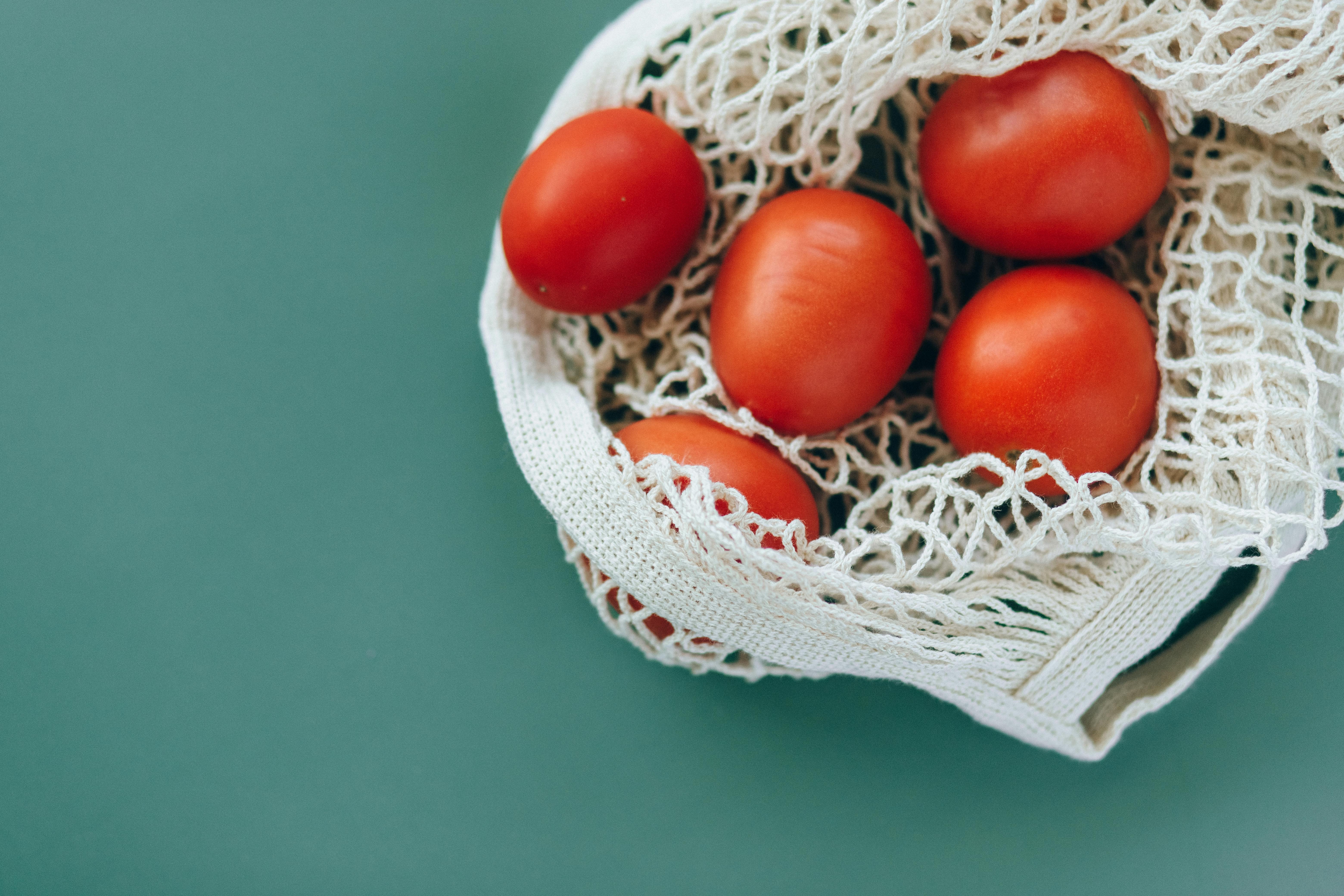indian cuisines
INDIAN CUISINE
The cuisine of India is very wide and is basically characterized by its sophisticated and subtle use of spices and herbs grown throughout India. It is also considered one of the ancient diverse cuisines of the world. The flavors of Indian food are appreciated all over the world. Indian cuisine varies from region to region based on the diversity of the Indian subcontinent. Indian cuisine also evolved due to cultural interaction with neighboring countries such as Persia, Greece, and Mongolia.
The vast subcontinent of India offers a variety of culinary delights as rich and diverse as its people and history. Indian cuisine can be divided into North Indian, South Indian, West Indian, East Indian, and North East Indian. North Indian cuisine is distinguished by its proportionately high use of dairy products such as ghee, milk, paneer, and yogurt. Sauces are typically dairy based. Other ingredients such as chili peppers, saffron, and nuts are also commonly used. Goat and lamb meats are favorite ingredients in many North Indian recipes.
North Indian cuisine features the use of “tawa” to make roti and paratha, and “tandoor” to make naan and kulcha and also main dishes such as tandoori chicken. Puri and bhatoora, which are fried in oil, are also common. Samosa is a popular North Indian snack, and is now also commonly found in other parts of India, Central Asia, and the Middle East. A common variety is stuffed with boiled, fried or mashed potatoes. Minced meat, mushrooms with cheese, and chickpeas are also used for the filling. Popular snacks, side dishes and drinks include mirchi bada, buknu, bhujiya, chaat, kachori, jalebi, imarti, various types of pickles, murabba, sharbat, aam panna and aam papad. Popular sweets include gulab jamun, peda, petha, rewdi, gajak, bal mithai, singori, kulfi, falooda, khaja, ras malai, gulkand, and various types of laddu, barfi, and halwa. Muslims South Indian cuisine is distinguished by a greater emphasis on rice as a staple grain, sambar and rasam, a variety of pickles, and the liberal use of coconut, coconut oil, and curry leaves. Dosa, idli, vada, bonda and bajji are typical South Indian favourites, usually eaten for breakfast. Hyderabadi biryani, a popular type of biryani, reflects the diversity of South Indian cuisine. Every Andhra, Chettinad, Tamil, Hyderabadi, Mangalorean and Kerala cuisine has different tastes and ways of cooking.
The use of tamarind to impart tartness distinguishes Tamil food. Some popular dishes include the Biriyani, Ghee Rice with Beef curry, Seafood including Prawns, Mussels, Mackerel and paper-thin Pathiris from the Malabar area, Western West India has three main food groups such as Gujarati, Maharashtrian and Goan. Maharashtrian cuisine can be divided into two sections based on geographical sections. The regions depend more on rice, coconut and fish. The mountainous regions of the Western Ghats and the Deccan Plateau regions use peanuts instead of coconut and rely more on sorghum and millet as staple foods. Gujarati cuisine is efficiently vegetarian. Many Gujarati dishes have a hint of sweetness due to the use of sugar or brown sugar. Goan cuisine is influenced by the Portuguese as Goa was colonized by Portugal. Saraswat cuisine forms an important part of Konkani Coastal Indian cuisine. Northeast Northeast food is very different from food in other parts of India. The cuisine of this area is more influenced by its neighbors, namely Burma and China. The use of Indian spices is very less. Yak is a popular meat in this part of India. East Indian cuisine is famous for its sweets such as rasagolla, chumchum, sandesh, rasabali, chhena poda, chhena gaja, and kheeri. Many of the popular sweet dishes initially originated in the Bengal and Orissa regions. Aside from sweets, East Indian cuisine offers posta (poppy seed) delicacies. Traditional Bengali cuisine is not too spicy, not too weak. Generally, ingredients such as mustard seeds, cumin seeds, black cumin, green chillies and cumin paste are used in Bengali curry. Mustard paste, curd, walnuts, poppy seed paste, and cashew nut paste are preferably cooked in mustard oil. Curries are classified into bata (paste), bhaja (potato chips), chochchoree (less hot steamed curries), and jhol (thin hot curries). The fish is commonly eaten in eastern India, especially in Bengal. A regular meal consists of many side dishes made from vegetables. The most popular vegetable dish in Bengal is Sukto. Fried, shallow fried and mashed vegetables are also very popular. Popular Orissa vegetable dishes are Dalma and Santula.
In India, most of the time food is eaten without cutlery, using the fingers of the right hand instead. Eating with the hands is considered important in Indian etiquette because a person who eats with his hands knows the exact temperature of the food before the bite reaches his mouth, which prevents mouth blisters due to food consumption. hot Traditional serving styles vary from region to region in India. A universal aspect of the presentation is the thali, a large plate with tastings of different regional dishes accompanied by raita, breads such as naan, puri or roti, and rice. In South India, a clean banana leaf is often used as a hygienic and visually interesting alternative to dishes.



Recent Comments